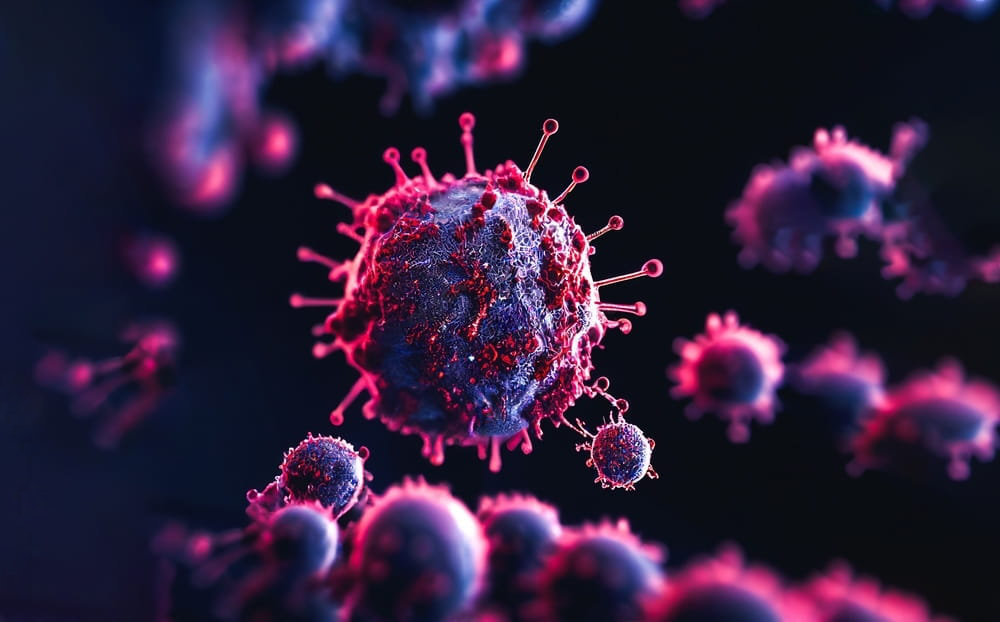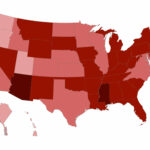A new subvariant of Omicron has emerged in New York City, and early reports suggest it could be the most contagious COVID strain yet.
BA.2.12.1, which was first detected in the country last March, appears to be at least 25% more transmissible than its predecessor BA.2. The BA.2.12.1 strain, in particular, has been rising at a far quicker rate in New York than in other parts of the country.
The number of cases reported as of this writing has yet to compete with the other prevalent variants. However, with people no longer required to wear masks and a higher probability of a breakthrough infection, experts expect BA.2.12.1 to become the most prevalent variant by the end of the month.
How transmissible is the BA.2.12.1 variant?
While no evidence yet links the BA.2.12.1 variant to more severe COVID infections or lower vaccination efficacy, the spike in recent cases – despite the city’s high vaccination rate – tells you all you need to know about the strain’s virulence. It is clearly the most contagious COVID strain to date.
In fact, almost half of the 79 counties in New York state have been identified by the CDC as areas on high alert for the COVID-19 sub-variant.
Health commissioner Ashwin Vasan told CNBC news in an interview that if the number of cases continues to rise, we could see some previously lifted restrictions reinstated again.
“It’s clear that if we moved into a high risk and high alert environment, we’d be seriously considering bringing those mandates back. We would need to see those levels rise to concern benchmarks in order for us to move into a higher risk category,” Vasan said.
He also went on to say that they will closely monitor the situation, and make sound decisions moving forward based on the data gathered.
The NYC health department’s variation tracker does not explicitly separate subvariant BA.2.12.1. It does, however, show that BA.2-linked sub-variants account for the vast majority of instances in the last month and a half alone.
Latest trends of COVID-19 cases in NYC
Source: The New York Times
Each of the five regions has a higher than statewide average reinfection rate per 100,000 persons, with Mohawk Valley ranked the highest at 7.1.
The good news is, as of today, the reinfection rate in New York City is still lower than the state average (3.5 vs. 4.6 reinfections per 100,000 persons). However, this number has been steadily increasing over the past few weeks.
Another factor to bear in mind is that New York’s reinfection data does not take into account people who have received a COVID-19 vaccine.
Since March 7, the rate of breakthrough cases per 100,000 individuals has increased each week, according to state data.
The rate of completely vaccinated patients admitted to hospitals in New York has also grown but not yet to an alarming extent. Even with new case rates increasing, they are still far below omicron’s peak levels back in January.
As of now, NYC authorities have no plans to adopt a new COVID-19 strategy. Instead, the city is conducting studies to see how trends develop. As the most contagious COVID strain yet, BA.2.12.1 continues to represent a potential threat to health resources.
In summary,
COVID hospitalizations in New York City are up 7.5% compared to previous rates. City health authorities have asserted this still represents a stable rate.
“We have come a long way in the past two years,” Gov. Kathy Hochul said in a statement after recently testing positive for the virus herself. “So let’s continue to use the tools we know help protect against, treat, and prevent serious illness from COVID-19.”
Furthermore, she remarked:
“I know first-hand how tests can help stop the spread to our vulnerable loved ones, so let’s keep using this critical tool. I also encourage every New Yorker to ensure you are fully vaccinated and up to date on your booster doses. And if you test positive, don’t panic. Talk to your doctor about available treatment options. This is how we will continue to move forward through the COVID-19 pandemic safely.”
To keep you and your loved ones safe, you must continue practicing safety precautions even if you’ve been fully vaccinated. If you start to experience any COVID-related symptoms, be sure to get tested immediately.







